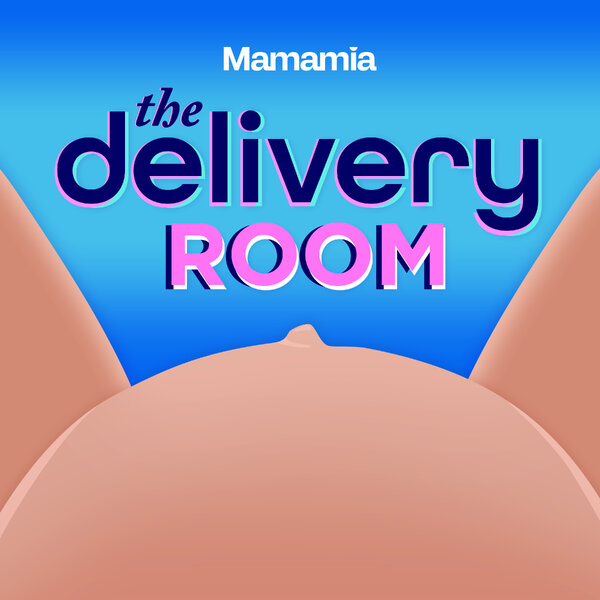But this is the truth about letting your child participate.
It’s 4pm on a Tuesday afternoon and Layla is just in time for dance class. As she puts on her ballet shoes, girls of all ages race around her – hair flying, faces make-up free. In one room, two teenagers concentrate on their leg exercises while Ed Sheeran croons in the background. In another, a group of six-year-olds – Layla’s class – sway rhythmically to a song from the Disney movie Tangled. Parents walk in and out of classes. All the students and teachers are dressed in a loose fitted T-shirt and leggings.
Welcome to a new generation of dance schools, where there is not a midriff, slow grind or Rhianna song to be seen.
Australian dance studios are currently under fire, with a recent spate of articles accusing the industry of sexualising girls through provocative costumes and raunchy routines. At the centre of the furor is Dance Moms, a US reality television show where prepubescent girls are preened into nude bras and feather boas by their formidable dance teacher, Abby Lee Miller. As the show gains popularity in Australia, some fear it has infected our dance studio scene with its hyper sexualised choreography and Miller’s ‘everyone is replaceable’ ethos.
Speak to those who are actually in the dance industry, though, and a different picture emerges. At Layla’s dance school – Creative Arts Studio in Sydney’s north west – students are taught to reach their ‘individual best’ rather than ape Iggy Azalea’s latest video. All songs are screened for inappropriate lyrics. Similarly, choreography is checked for suggestive poses. But director Claire Toose says this hasn’t stopped the media from claiming her studio is simply an Australian version of Dance Moms. “No one seems to be able to draw a distinction between the borderline pornographic dance schools and the age-appropriate ones,” she says. “Everyone has jumped on the ‘all dance is bad’ bandwagon. Dance education has so much to offer kids…many young girls who just want to dance will miss out because their parents have ruled out all dance.”

